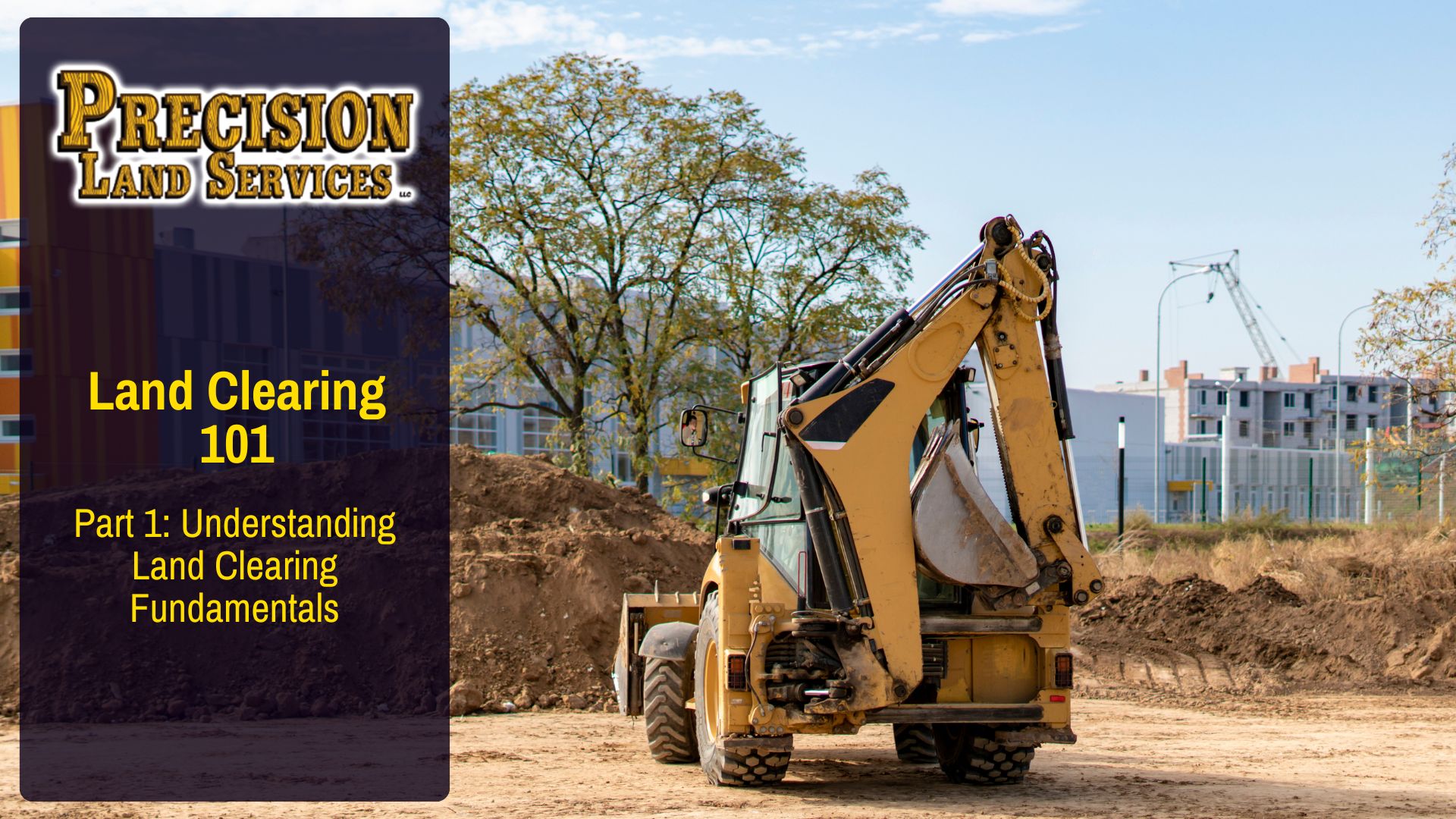For many property owners and developers, land clearing seems straightforward—it’s simply removing trees and brush. Getting land ready for a new project isn’t just a routine task—it’s a critical first step that shapes everything that comes next. Whether you’re starting construction on a commercial site, turning raw acreage into farmland, or preparing for a housing development, the quality of your initial clearing and site prep will make a big difference in how smoothly and successfully the rest of the project goes.
Trusted Land Clearing Contractors for Every Stage
The role of professional land clearing services cannot be overstated. In construction, clearing ensures a stable, level foundation free from root intrusion that could compromise structures later. For agriculture, strategic clearing maximizes usable acreage and optimizes soil health for planting. In development, it prepares the land for necessary infrastructure, including utility easements and road networks. Simply put, proper site preparation prevents costly rework down the line.
Factors Determining the Right Clearing Method
Choosing the correct approach is never a one-size-fits-all decision. The effectiveness and environmental impact of the clearing process depend heavily on several interlocking variables. Understanding these factors is what separates an amateur effort from professional execution by experienced land clearing contractors.
First, the project type dictates the required finish. A site that needs quick visibility and access for heavy machinery will require a more aggressive approach. In contrast, clearing land for forestry or habitat work can be done with less disruption and more selectivity.
Second, the terrain presents immediate logistical challenges. Steep slopes require specialized equipment and techniques to prevent accidents, while densely forested, flat land is perfect for mechanical mulching and efficient clearing.
Third, soil type has a significant influence on the decision. Clay-heavy soils, for instance, compact easily under heavy machinery, leading to long-term drainage and foundation issues. Sandy soils, conversely, require careful handling to prevent excessive disturbance that causes erosion. An expert assessment of the soil profile is integral to selecting the right machinery and minimizing long-term site damage.
Previewing Common Clearing Challenges and Next Steps
While the immediate goal is removal, the real challenge in professional land clearing lies in what you leave behind—specifically, the health of the underlying soil. This foundational element requires careful management during the clearing process.
Understanding these fundamental considerations—project needs, site characteristics, and risk mitigation—is the first step toward achieving a successful site preparation outcome. While the success of this initial phase is paramount, the way clearing integrates with subsequent phases is equally important. In future installments of this series, we will explore how these fundamentals apply specifically to different property types.
Optimize Your Property with Professional Land Clearing Services
Precision Land Services offers expert consultation and execution for all stages of site development, moving beyond basic clearing to ensure your land is optimized for its intended future use. If you are planning a construction, agricultural, or development project, contact us today to discuss how our comprehensive land clearing services can lay the perfect groundwork for your success.

